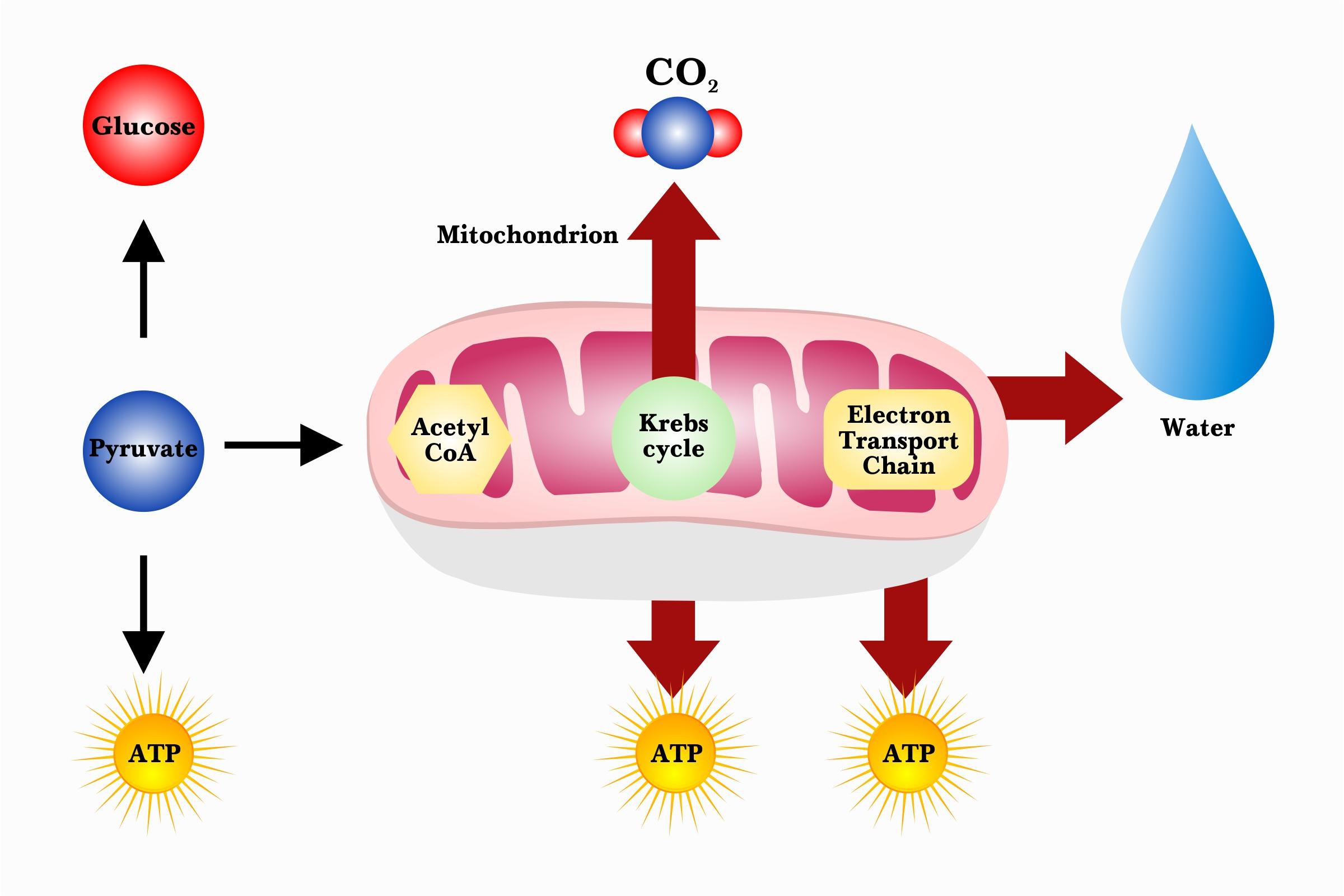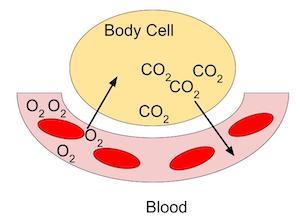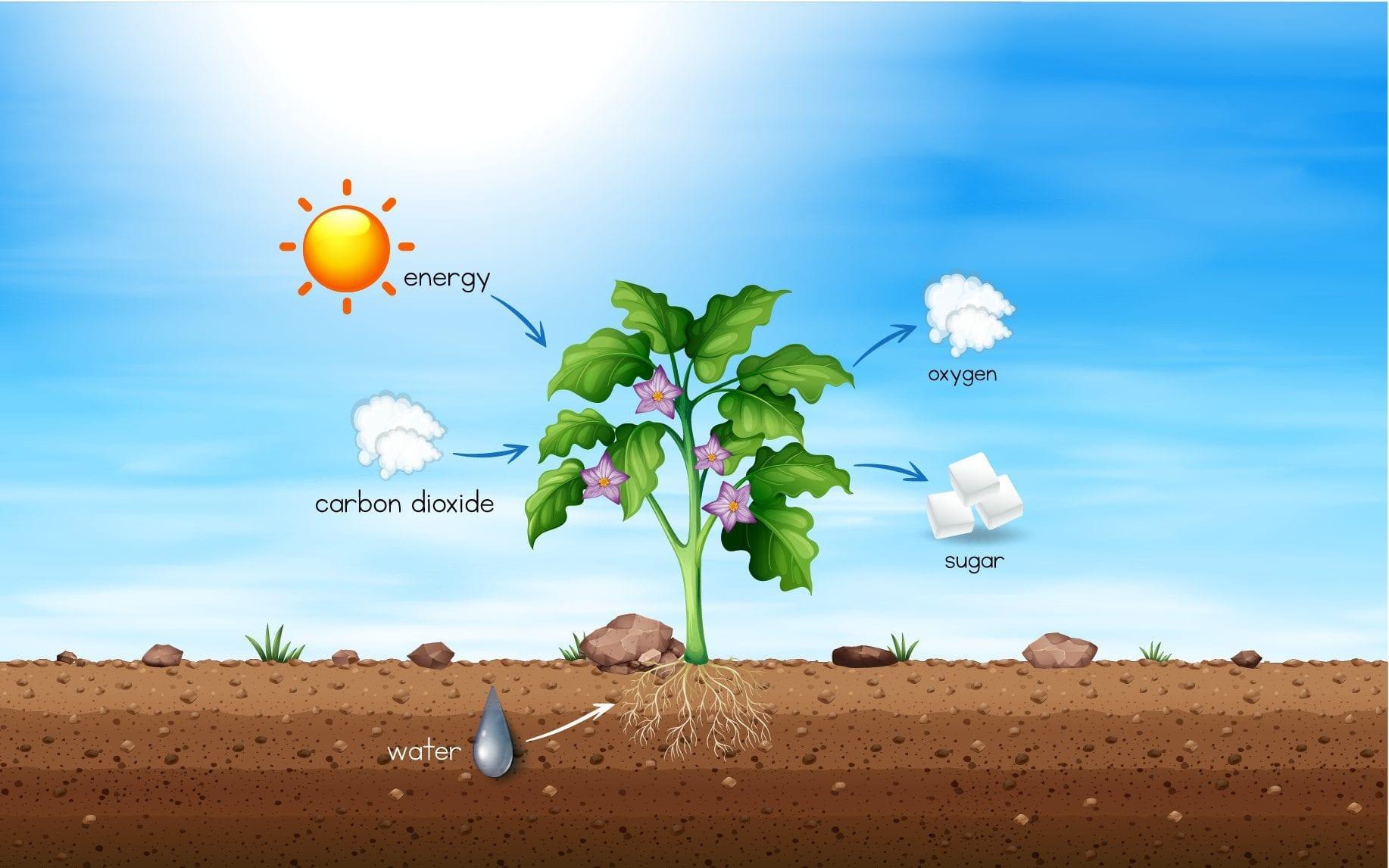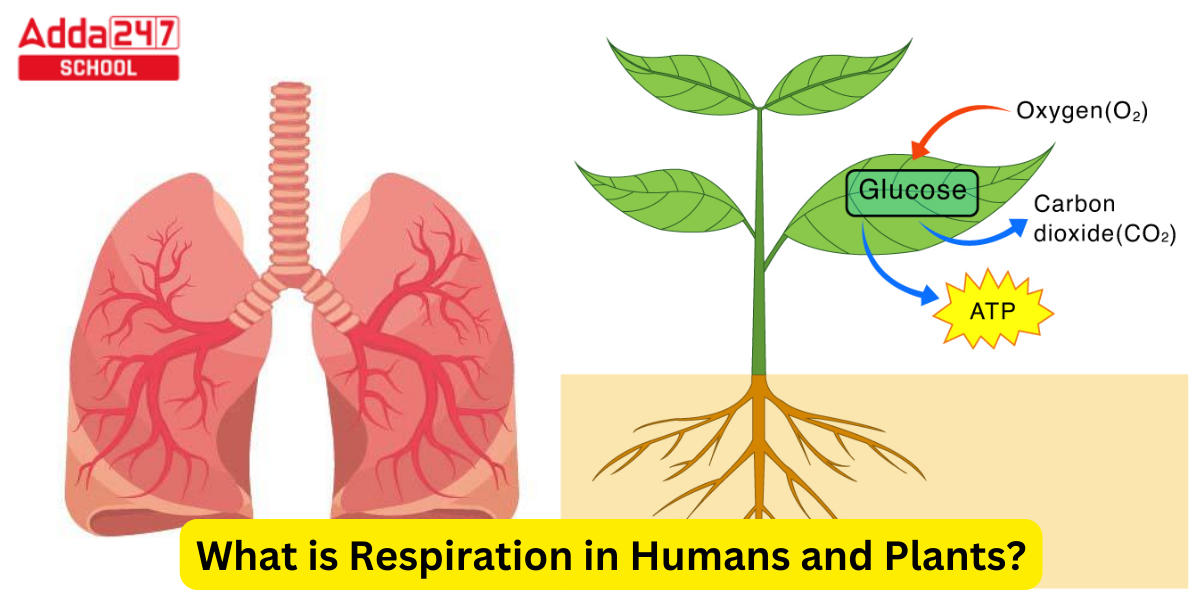Respiration Definition
Respiration is the process by which living organisms exchange gases with their environment. In most animals, including humans, respiration involves the intake of oxygen and the release of carbon dioxide. This process is essential for the survival of aerobic organisms as oxygen is required to generate energy through cellular respiration. Respiration can occur through different mechanisms depending on the organism and the environment, such as through lungs, gills, or tracheae. It can also refer to the metabolic process that occurs within cells, where oxygen is used to break down glucose molecules to release energy in the form of ATP (adenosine triphosphate).
Respiration Reaction and Equation
Respiration is the process by which living cells generate energy in the form of ATP (adenosine triphosphate) from the breakdown of organic molecules such as glucose. The respiration reaction involves the oxidation of glucose to produce carbon dioxide and water, releasing energy in the process. The overall equation for respiration can be expressed as:
C6H12O6 + 6O2 → 6CO2 + 6H2O + energy (as ATP)
This equation shows that glucose (C6H12O6) and oxygen (O2) react to produce carbon dioxide (CO2), water (H2O), and energy in the form of ATP. The energy released during respiration is used by the cell to carry out various metabolic processes.
The process of respiration occurs in several stages: glycolysis, the citric acid cycle (also known as the Krebs cycle), and oxidative phosphorylation. Glycolysis takes place in the cytoplasm of the cell, while the citric acid cycle and oxidative phosphorylation occur in the mitochondria. Each of these stages involves a series of chemical reactions that ultimately result in the breakdown of glucose and the production of ATP.
Types of Respiration
Respiration refers to the process by which living organisms convert oxygen and nutrients into energy, which is used to power cellular processes. Respiration can be divided into two main types: aerobic respiration, which occurs in the presence of oxygen, and anaerobic respiration, which occurs in the absence of oxygen.
Aerobic Respiration
Aerobic respiration is the most common type of respiration and involves the use of oxygen to break down glucose into carbon dioxide and water, with the release of energy in the form of ATP (adenosine triphosphate). This process occurs in the mitochondria of cells and is essential for the survival of most living organisms, including humans.

Anaerobic Respiration
Anaerobic respiration occurs in the absence of oxygen and is less efficient than aerobic respiration. This process involves the breakdown of glucose without the use of oxygen, and can produce lactic acid, ethanol, or other byproducts. Anaerobic respiration is used by some bacteria and yeast, and can also occur in human muscle cells during intense exercise when oxygen supplies are limited.

Respiration in Humans
Respiration in humans is the process by which oxygen is taken in by the body and carbon dioxide is eliminated. Respiration is a vital process that allows the body to maintain proper levels of oxygen and carbon dioxide, which are necessary for the proper functioning of the body’s cells and organs.
There are two main types of respiration: External and Internal.
External Respiration
External respiration refers to the exchange of gases between the air and the body’s cells. This process begins with the inhalation of air, which enters the body through the nose or mouth and travels down the trachea (windpipe) to the lungs. In the lungs, oxygen is diffused into the bloodstream while carbon dioxide is removed from the bloodstream and exhaled.

Internal Respiration
Internal respiration occurs at the cellular level, where oxygen is used by the cells to generate energy through a process called cellular respiration. During this process, glucose and oxygen react to produce carbon dioxide, water, and energy (in the form of ATP). The carbon dioxide produced by the cells is then transported back to the lungs through the bloodstream to be exhaled.

Respiration in Plants
Respiration in plants is the process by which they break down glucose and other organic compounds in order to obtain energy for cellular activities. Unlike animals, plants perform respiration both during the day and at night, since they require energy for photosynthesis and other metabolic processes. Respiration in plants is a vital process that enables them to obtain energy from organic compounds and utilize it for growth and other cellular functions.

There are two types of respiration that occur in plants: aerobic and anaerobic respiration.
Aerobic respiration requires oxygen and occurs in the presence of sufficient oxygen supply, while anaerobic respiration occurs in the absence of oxygen supply.
Aerobic Respiration in Plants
During aerobic respiration, plants take in oxygen from the air and release carbon dioxide through tiny openings in their leaves called stomata. The oxygen is used to break down glucose into carbon dioxide and water, releasing energy in the process. This energy is used by the plant for various metabolic processes, such as growth, reproduction, and maintenance of cellular functions.
Anaerobic Respiration in Plants
During anaerobic respiration, plants are unable to obtain oxygen from the air and thus break down glucose through a different process. This process typically yields less energy and produces other byproducts, such as ethanol or lactic acid, which can be toxic to the plant if not properly eliminated.
Layers of Retina, Physiology, Histology, Diagram, Anatomy, Anterior and Posterior
Human Eye Definition, Diagram, Structure
Smallest Bone in The Human Body
Human Heart Diagram, with labelling and Functions
Human Digestive System, Diagram, Parts and Functions for Class 10









 Try CUET College Predictor 2025 to Predi...
Try CUET College Predictor 2025 to Predi...
 CUET Result 2025 OUT (Today) @cuet.nta.n...
CUET Result 2025 OUT (Today) @cuet.nta.n...
 Why the Delay in CUET UG 2025 Results? C...
Why the Delay in CUET UG 2025 Results? C...









